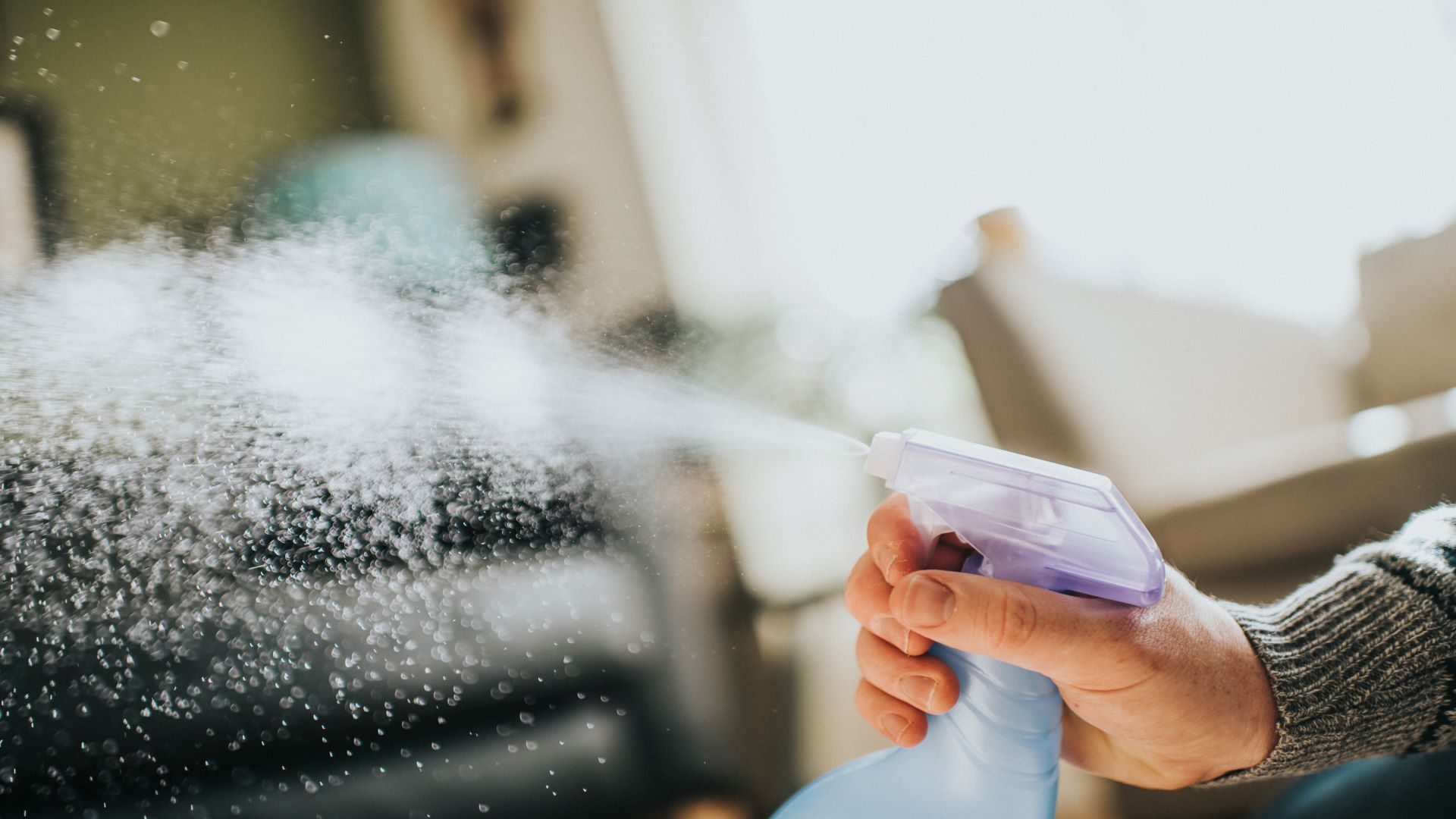How To Clean A Samsung Top Load Washer
5 tips for cleaning your top load washer

Transform your routine with these five handy tips for cleaning one of your most-used household appliances. After all, though we all rely on washing machines to keep our clothes nice and fresh, we also need to maintain the appliance that does all the work. That includes paying attention to the interior as well as the exterior and finding a routine that slots nicely into your cleaning schedule.
It's often a hard choice to decide exactly which laundry appliance to install in your home. One of the standout benefits of the best top load washers is that they tend to be a little easier to maintain than their front-loading counterparts, as they are less likely to suffer from damp and mildew inside the drum. However, without regular cleaning, you could still fall victim to bad odors or mold build-up within your top load washing machine.
Most modern washers of this type tend to use impellers rather than agitators, which means they use less water to get clothes clean, and the drum isn't entirely full of water in each cycle. The downside to this is that there is likely a section of your machine that's often moist and damp but isn't being washed. This can lead to dampness and other problems, which could affect how long your appliance will last.
So, it's crucial to be attentive when it comes to your top load washer, and not just in terms of appearance. Allergens and bacteria can grow on surfaces that aren't regularly wiped down, which can cause trouble. To prevent these issues, we would advise you to follow these more intensive cleaning steps at least every three months.
1. Sanitize your top load washer
Many new top-load washing machines have a sanitize cycle. These come in two types. If your model has an onboard heater, it can get hot enough to sanitize itself without bleach or other harsh chemicals. If no onboard heater is present, few high-efficiency washers get hot enough to do a stand-alone sanitize, so the cycle will require bleach or special washing-machine sanitizer tablets that are sold separately. Read your instruction manual and follow it carefully when sanitizing your washer, and never put laundry in your washing machine while it is sanitizing, as it could damage the clothes.
If your top-load washing machine doesn't have its own sanitize cycle, you can simulate one by tuning it to its hottest setting (check the user manual if you are unsure which one this is) and the largest load setting. When it is full, add about a quart of white vinegar and four ounces of baking soda. (If you don't have vinegar to hand, use two cups of lemon juice instead.) This mixture will not only remove dirt and grime but also hard-water deposits.
Once the basket has spun enough to dissolve the baking soda, pause the machine and let it sit for at least a half-hour. Then restart the machine and let it finish its cycle. If you have a spin-and-drain cycle, select this setting to spin out any grime that might have been loosened. When the washer is empty, wipe down all surfaces with a solution of hot water and white vinegar.
2. Clean the detergent dispenser on your top load washer
If your washing machine has dispensers for detergent, bleach, or fabric softener, these dispensers or the compartments that hold them can be a magnet for gunk and grime. Take a hot washrag to these areas as well. An old toothbrush can be a handy tool to reach difficult nooks and crannies.
3. Clean the filter on your top load washer
To keep your top load washing machine working at its full potential, be sure to clean its filter by removing it from the washer and using a soft brush to clean off the build-up from the filter.
If you can, remove the screen and let it soak in boiling water for 15 minutes before placing it back into the washer.
4. Clean your washer basket
If your washer basket has developed stains or discoloring, vinegar and baking soda may not be enough to thoroughly clean it out. Follow the same steps as sanitizing but with a quart of chlorine bleach instead. Remember not to include clothing in this cycle as it will damage them.
5. Wipe down the outside of your washer
Often forgotten is the outside of your washer. Detergent splashes, sticky fingers, and general grime can easily build-up on your top load washer over time. Use a clean cloth and some hot soapy water and give the machine a good wipe.

Other washing tips
There are some further steps you can take to keep your machine ticking along nicely too. If you have a high-efficiency machine, then you should match your appliance to a high-efficiency detergent, so that you can use your washer to the highest potential. If you don't you might find suds overflowing from your washing machine, creating moisture where you don't want it, which can cause mildew. If this does happen to you, take a precautionary rinse cycle before you switch detergents.
Another precaution you can take in your home is to leave the top of your washer open as often as possible, to keep airflow to your machine and prevent dampness and odors. This is an especially important step to take just after your cycle finishes, for at least an hour or so.

Sophie is Home Editor at Top Ten Reviews. Starting off her career in print journalism, Sophie then moved to digital and now specializes in lifestyle, home interiors and social media. While she has scooped awards for her journalism, Sophie likes to whip up a storm in the kitchen when she's not writing.
How To Clean A Samsung Top Load Washer
Source: https://www.toptenreviews.com/5-tips-for-cleaning-your-top-load-washing-machine
Posted by: halfordputdow.blogspot.com

0 Response to "How To Clean A Samsung Top Load Washer"
Post a Comment